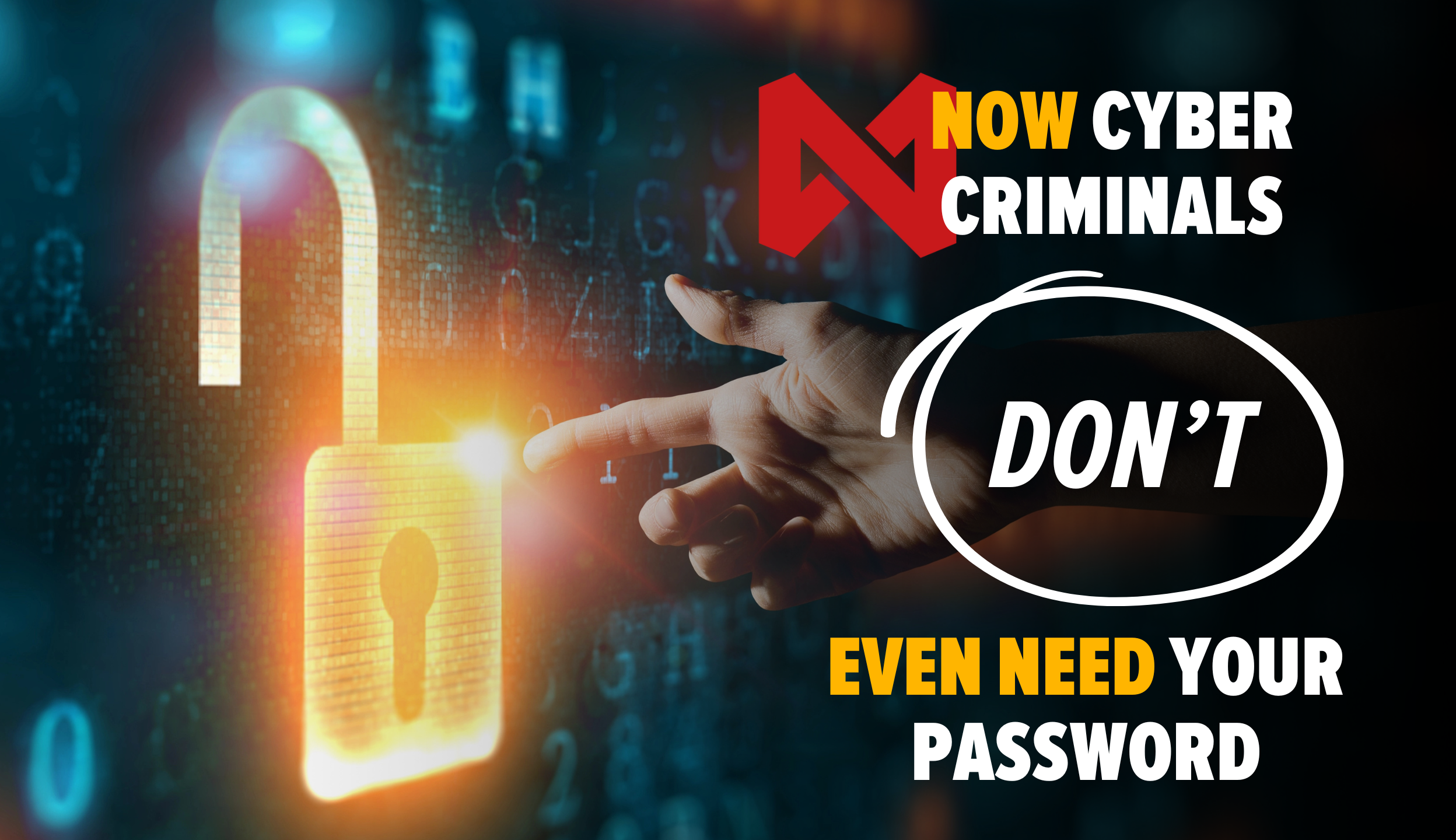
As a solo practitioner or small law firm, you’ve worked hard to secure your practice. But just when you think you’re covered, a new threat emerges. Right now, that threat is device code phishing, and it’s targeting businesses like yours.
The worst part? Cyber criminals don’t even need your password to access your accounts.
This new phishing scheme uses real Microsoft login pages, making it harder to spot. Here’s how it works: You might receive an email that looks like it’s from a colleague, your HR department, or even a client. The email may ask you to click on a link to join a Microsoft Teams meeting. You’re taken to what seems like a legitimate Microsoft login page, where you’re asked to enter a “device code” sent to you in the email.
At first glance, this looks like a standard login process. But here’s the catch: By entering that device code, you’re not logging yourself in—you’re unknowingly giving the attacker access to your account. This allows them to bypass multi-factor authentication (MFA) and gain control of your emails, documents, and sensitive files.
For small law firms, solo practitioners, and immigration lawyers, this is particularly dangerous because it doesn’t look suspicious. You’re on a real Microsoft page, you didn’t click a shady link, and everything seems above board. But in reality, it’s a carefully crafted scam designed to steal your credentials and potentially harm your practice.
Once the attacker is in, they can read your confidential emails, access client files, and even use your account to trick other team members. This puts your entire business at risk.
So, how can you protect your practice from device code phishing?
- Be cautious with login requests. If you receive an unexpected device code, take a moment to verify it. Did you request the code? Is the email truly from someone you know?
- Verify requests. If you’re unsure, call the person directly or use your firm’s secure messaging system to confirm that the email is legitimate.
- Turn off device code login. If your firm doesn’t need device code login for day-to-day operations, it’s best to disable it altogether. Your IT provider can help with this.
- Educate your team. Make sure your staff is aware of the threat and knows how to recognize suspicious emails and login requests.
If you need help securing your practice, don’t hesitate to reach out. We’re here to ensure your business stays safe from these kinds of attacks.


